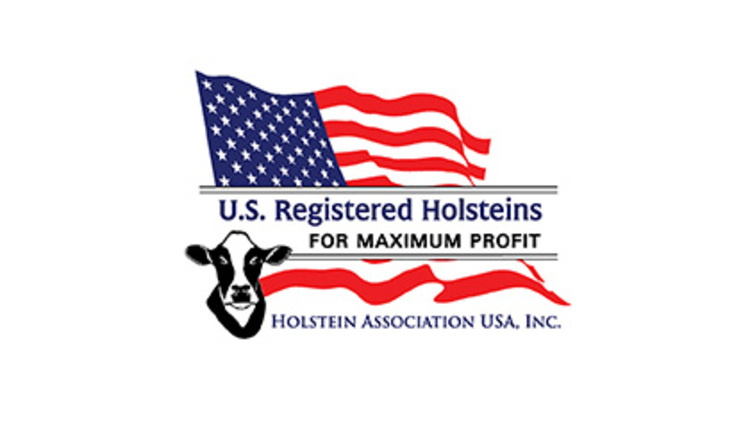EPA issued a final rule clarifying that air emissions from animal waste at farms are not subject to reporting under the Emergency Planning and Community Right-to-Know Act (EPCRA). The move is likely to touch off a legal battle between EPA and environmental and animal rights groups that have already vowed to challenge the propriety of EPA’s legal interpretation.
The final rule explicitly exempts air emissions from animal waste at farms from reporting under EPCRA. To delineate the scope of this exemption, EPA is also proposing to amend the definition section of the EPCRA regulations at 40 CFR 355.61 to add definitions of “farm” and “animal waste” that are consistent with the release notification regulations of the Comprehensive Environmental Response, Compensation, and Liability Act (CERCLA).
The rule is limited to air emissions from animal waste (including decomposing animal waste) at a farm, and would not apply to releases of substances from animal waste into water, nor to releases into the air from sources such as ammonia storage tanks. In other words, EPA is not proposing to exempt specific substances typically associated with animal waste (such as ammonia or hydrogen sulfide) from reporting. Rather, the final rule codifies EPA’s interpretation that air emissions from animal waste at farms are not subject to EPCRA section 304 release reporting.
Under existing law, release of a hazardous substance subject to reporting under EPCRA (but not CERCLA) need only be reported if the release: (1) is not a federally permitted release as defined by CERCLA; (2) is in an amount in excess of the reportable quantity as determined by EPA; and (3) occurs in a manner that would require notification under CERCLA section 103(a). Air emissions from animal waste at farms could meet the first two criteria because such releases are generally not federally permitted and may exceed the applicable reportable quantity. The final rule clarifies that these types of releases do not “occur in a manner” that would require notification under CERCLA section 103(a) and thus do not meet the third criterion.
The final rule is the most recent in a series of EPA efforts to clarify the emergency release reporting obligations of livestock farms under EPCRA and CERCLA, two federal environmental laws. In March 2018, Congress enacted the Fair Agricultural Reporting Method (FARM) Act to explicitly exempt “air emissions from animal waste at a farm” from reporting under CERCLA. EPA subsequently revised the CERCLA release notification regulations to incorporate the FARM Act’s amendments in a final rule issued in August 2018.


